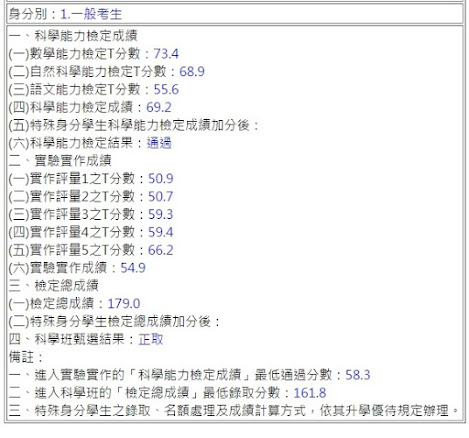CSES 2130:Distinct Routes II
CSES 2130:Distinct Routes II
題目大意:有 $n$ 個房間,$m$ 個傳送門連接兩個房間,規定在一天要從房間 $1$ 走到房間 $n$,要走 $k$ 天,且一個傳送門只能用一次,用一次要花一塊,問能不能達成,若可以,最少要花幾元?
解法:$\text{MCMF}$。
$\text{Code:}$
#pragma GCC optimize("O3")
#include <bits/stdc++.h>
using namespace std;
const int INF = 1e9;
struct Edge {
int a, b, cap, cost;
};
int n, m, k;
struct Min_Cost_Max_Flow {
vector<vector<int>> adj;
vector<Edge> edge;
vector<int> dis, pre;
Min_Cost_Max_Flow() {
adj.resize (n + 1);
edge.resize (2 * m);
dis.resize (n + 1);
pre.resize (n + 1);
for (int i = 0; i < m; i++) {
int a, b;
cin >> a >> b;
adj[a].push_back (2 * i);
adj[b].push_back (2 * i + 1);
edge[2 * i] = {a, b, 1, 1};
edge[2 * i + 1] = {b, a, 0, -1};
}
}
void spfa() {
bool inq[n + 1] = {};
fill (dis.begin(), dis.end(), INF);
fill (pre.begin(), pre.end(), 0);
queue<int> q;
dis[1] = 0;
q.push (1);
while (!q.empty()) {
int pos = q.front();
q.pop();
inq[pos] = 0;
for (int id : adj[pos]) {
Edge e = edge[id];
if (e.cap > 0 && dis[pos] + e.cost < dis[e.b]) {
dis[e.b] = dis[pos] + e.cost;
pre[e.b] = id;
if (!inq[e.b]) {
inq[e.b] = 1;
q.push (e.b);
}
}
}
}
}
int get_flow() {
int flow = 0, cost = 0;
while (flow < k) {
spfa();
if (dis[n] == INF)
break;
int f = k - flow, pos = n;
while (pos != 1) {
int id = pre[pos];
f = min (f, edge[id].cap);
pos = edge[id].a;
}
flow += f;
cost += dis[n] * f;
pos = n;
while (pos != 1) {
int id = pre[pos];
edge[id].cap -= f;
edge[id ^ 1].cap += f;
pos = edge[id].a;
}
}
return flow < k ? -1 : cost;
}
void get_ans() {
int cost;
cout << (cost = get_flow()) << '\n';
if (cost == -1)
return;
bool vs[2 * m] = {};
while (k--) {
vector<int> v;
v.push_back (1);
while (v.back() != n) {
int pos = v.back();
for (int id : adj[pos]) {
Edge e = edge[id];
if (id % 2 || vs[id] || e.cap != 0)
continue;
vs[id] = 1;
v.push_back (e.b);
break;
}
}
cout << v.size() << '\n';
for (int x : v)
cout << x << ' ';
cout << '\n';
}
}
} mcmf;
void solve() {
cin >> n >> m >> k;
mcmf = Min_Cost_Max_Flow();
mcmf.get_ans();
}
int main() {
ios::sync_with_stdio (false), cin.tie (0);
solve();
}我的分享就到這裡結束了,如果喜歡我的 $\text{Blog}$,歡迎追蹤!

留言
張貼留言